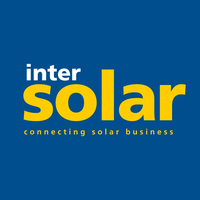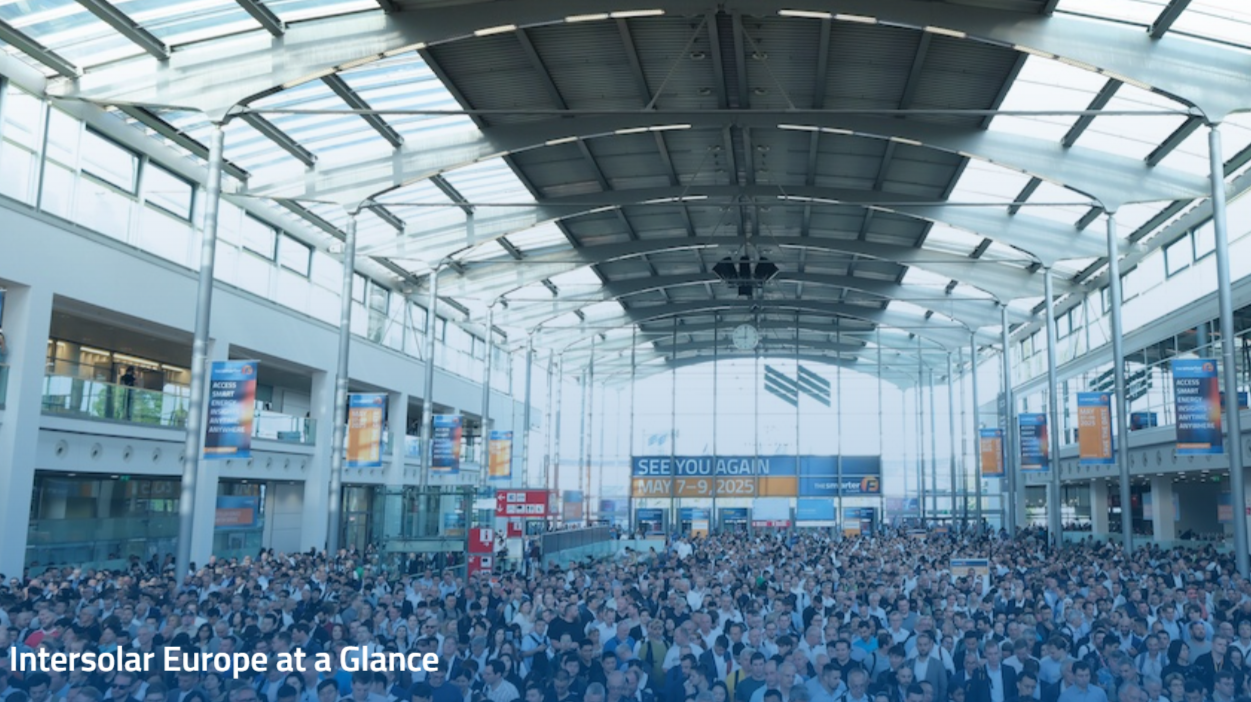Munich/Pforzheim, July 27, 2023 – The global solar industry is ready for a revolution, with all signs pointing to growth. Recently, at the Intersolar Europe Conference 2023, the European industry association SolarPower Europe presented the latest edition of its Global Market Outlook for Solar Power 2023–2027 . The market study shows that in 2022, the worldwide PV market has hit a new growth record with a deployment of 239 gigawatts of newly installed capacity. For the current year, the association expects the installed capacity to grow by around 341 gigawatts. These figures have the industry looking forward to the next Intersolar Europe with optimism. Visitors can learn everything worth knowing about the trends, business models and innovations at the world’s leading exhibition for the solar industry in Munich from June 19–21, 2024. Intersolar Europe is part of The smarter E Europe, Europe’s largest platform for the energy industry, and takes place alongside ees Europe, Power2Drive Europe and EM-Power Europe.
Photovoltaics is currently in the fast lane: At 239 gigawatts (GW), global installed capacity grew by 45 percent in 2022 compared to 2021. This solar boom is set to continue in 2023 – SolarPower Europe’s forecast sees the deployment of another 341 GW, which translates to a growth of 43 percent. In total, photovoltaics (PV) accounted for two-thirds of all power generation capacities from renewable sources installed last year.
But even beyond that, the outlook is positive: While global solar surpassed one terawatt mark of cumulative capacity last year, it is set to reach the two terawatt mark in 2025 and the three terawatt mark in 2027. The driving forces behind this dynamic global growth are diverse: from the flexible range of applications to the desire for a more independent energy supply using renewable energies and large-scale projects that can be implemented quickly and at competitive costs.
Enormous growth in the global PV markets
So the global PV market is moving. With an installed capacity of around 95 GW and an annual growth of 72 percent, China is at the very top of the global markets, followed by the USA (21.9 GW), India (17.4 GW) and Brazil (10.9 GW). The European market is led by Spain (8.4 GW), Germany (7.4 GW), Poland (4.5 GW) and the Netherlands (4.1 GW). Compared to the global market, Europe continues to have the largest number of installations per capita. And the outlook for European solar deployment remains sunny: With political plans to further develop energy security, including new regulatory frameworks, another cornerstone is in place to drive a renewable, decentralized and digital energy world in Europe.
Market drivers: technologies and trends
There are currently several trends dominating and promoting the PV market. Among others things, hybrid applications are playing an increasingly important role. To make an energy supply from 100 percent renewable sources a reality, PV needs to be combined with other technologies. For example, solar and wind power plants in combination with storage systems and electric vehicles can provide the necessary grid services. The positive price development of the past few years also helps to drive the market. According to a recent study conducted by the Fraunhofer Institute for Solar Energy Systems ISE, the prices for PV modules decreased by 90 percent between 2010 and 2020. Today, the average price for standard modules using poly- and monocrystalline cells is 0.26 euros per watt-peak. The declining costs make PV projects affordable, opening the door to new, advanced PV applications, such as agricultural PV, which combines both the energy and agricultural industry. This basic idea is resonating in the markets. For instance, Italy has recently created an incentive system to promote agricultural PV systems. What's more, floating PV's high efficiency thanks to the cooling effect of water evaporation is making it increasingly popular, especially in areas where land is becoming scarce and water surfaces provide a viable alternative.
Intersolar Europe 2024: the solar industry’s global meeting point
The solar market is characterized by enormous dynamics. To keep track of all developments, global players from business, research and politics gather every year at Intersolar Europe, the world’s leading exhibition for the solar industry. The next opportunity for them to discover everything worth knowing about innovations, trends, business models and market developments will be next year from June 19–21.
Intersolar Europe and the parallel events ees Europe, Power2Drive Europe and EM-Power Europe will all take place from June 19–21, 2024, as part of Europe’s largest platform for the energy industry, The smarter E Europe, at Messe München.
 Pages you might like
Pages you might like








 Exhibitions you may be interested in
Exhibitions you may be interested in
 Latest information
Latest information
 Follow official account
Follow official account
 Online support
Online support
 鄂ICP备2022017323号
鄂ICP备2022017323号
 鄂公网安备 42018502006493
鄂公网安备 42018502006493
 Launch Exhibition
Launch Exhibition
 Release information
Release information






 Today's topic
Today's topic









